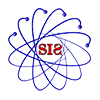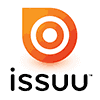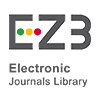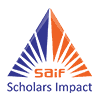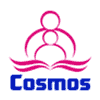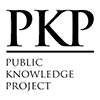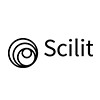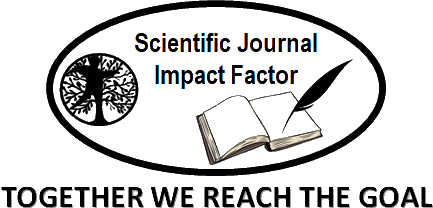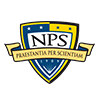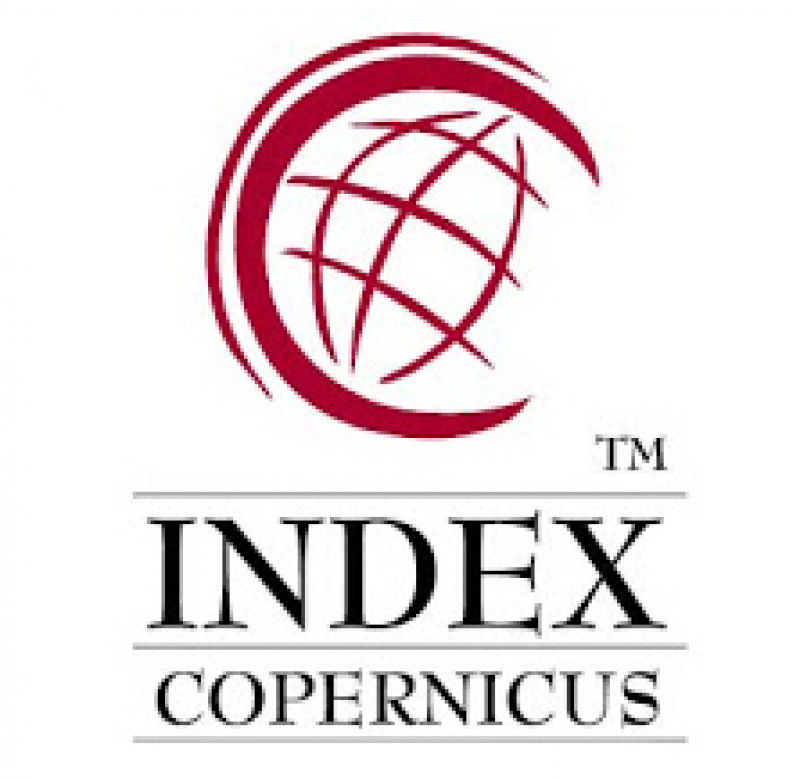Effect of Local Microorganisms (LOM) and Coffee Grounds Waste on Soybean (Glycine max L. Merrill) Yield
Abstract
Keywords
Full Text:
PDFReferences
Bawamenewi, T. ., & Lase, N. . (2025). Peran Mikrobiologi dalam Pengolahan Limbah Pertanian Menjadi Pupuk Organik. Hidroponik: Jurnal Ilmu Pertanian Dan Teknologi Dalam Ilmu Tanaman, 2(70), 53–63.
Cervera-Mata, A., Pastoriza, S., Rufián-Henares, J. Á., Párraga, J., Martín-García, J. M., & Delgado, G. (2018). Impact of Spent Coffee Grounds as Organic Amendment on Soil Fertility and Lettuce Growth in Two Mediterranean Agricultural Soils. Archives of Agronomy and Soil Science, 64(6), 790–804. https://doi.org/10.1080/03650340.2017.1387651
Hartatik, W., Husnain, & Widowati, L. . (2015). Peranan Pupuk Organik dalam Peningkatan Produktivitas Tanah dan Tanaman. Jurnal Sumberdaya Lahan, 9(2), 107–120.
Ho, L. H., Tan, T. C., Abdul Aziz, N. A., & Bhat, R. (2015). In Vitro starch Digestibility of Bread with Banana (Musa Acuminata X Balbisiana ABB cv. Awak) Pseudo-stem Flour and Hydrocolloids. Food Bioscience, 12, 10–17. https://doi.org/10.1016/j.fbio.2015.07.003
Indawan, E., Agastya, I. M. ., Julianto, R. P. ., Ahmadi, K., & Hastuti, P. . (2024). Training on Making Local Microorganism of Banana Buds for Sustainable Agriculture in Gadingkasri Village Klojen District Malang City. Jurnal Abdi Masyarakat, 2(2), 442–449. https://jurnal.forindpress.com/index.php/jamas
Jumar, J., Saputra, R. A., Wahdah, R., Elmi, M., & Sholeha, Y. N. (2023). The potential of coffee ground compost to enhance soil pH, growth, and production of mustard greens in acid-dry land. IOP Conference Series: Earth and Environmental Science, 1266(1). https://doi.org/10.1088/1755-1315/1266/1/012037
Jumar, Saputra, R. ., & Sefanya, M. . (2022). Penentuan Kualitas Kompos Ampas Kopi Berdasarkan Karakteristik Fisik dan Uji Perkecambahan Benih. Prosiding Seminar Nasional Lingkungan Lahan Basah, 7(1), 285–289.
Kasongo, R. K., Verdoodt, A., Kanyankagote, P., Baert, G., & Ranst, E. Van. (2011). Coffee waste as an alternative fertilizer with soil improving properties for sandy soils in humid tropical environments. Soil Use and Management, 27(1), 94–102. https://doi.org/10.1111/j.1475-2743.2010.00315.x
Manullang, R. R., Rusmini, R., & Daryono, D. (2018). Kombinasi Mikroorganisme Lokal Sebagai Bioaktivator Kompos. Jurnal Hutan Tropis, 5(3), 259. https://doi.org/10.20527/jht.v5i3.4793
Maretza, D. . (2009). Pengaruh Dosis Ekstrak Rebung Bambu Betung terhadap Pertumbuhan Semai Sengon (Paraserianthes falcataria (L.) (Laporan Penelitian Institut Pertanian Bogor).
Maspary. (2012a). Apa Kehebatan MOL Bonggol Pisang. Kementerian Pertanian. http://www.gerbangpertanian.com/20%0A12/05/apa-kehebatan-mol-bonggolpisang.html
Maspary. (2012b). Membuat MOL Rebung Bambu. Kementerian Pertanian. http://gerbangpertanian.com.
Pardede, N., Rizali, A., & Sari, N. (2019). Optimasi Lahan Pada Sistem Tumpang Sari Jagung Manis. Jurnal Agroqua, 17(2), 115–125. https://doi.org/10.32663/ja.v
Pramesti, F. ., Firnia, D., Putri, W. ., & Sodiq, A. . (2024). Applying coffee processing waste as an organic material against growth and yield of caisim plant (Brassica chinensis var . parachinensis). Gema Wiralodra, 15(2024), 156–166.
Roidah, I. S. (2013). Manfaat Penggunaan Pupuk Organik Untuk Kesuburan Tanah. Jurnal Universitas Tulungagung Bonorowo, 1(1).
Saraswati, R., Setyorini, D., & Anwar, K. (2006). Organisme Perombak Bahan Organik. In Balai Besar Litbang Sumberdaya Lahan Pertanian (Vol. 1, Issue 2).
Sebayang, M. . (2020). Pengaruh Pemberian Ampas Kopi Terhadap Pertumbuhan Dan Hasil Tanaman Kangkung Darat (Ipomea reptans Poir). Universitas Islam Negeri Sumatera Utara.
Sefanya, M. A., Jumar, J., Rizali, A., & Saputra, R. A. (2022). Evaluation of the Chemical Quality of Coffee Grounds Composted by Various Types of Decomposers Using a Scoring System. Trop. Wetland J, 8(2), 21–27. https://doi.org/10.20527/twj.v8i2.113
Siahaan, W., & Suntari, R. (2019). The Effect of Application of Coffee Waste Compost on Chemical Properties of Andisol Ngabab, Malang Regengy. Jurnal Tanah Dan Sumberdaya Lahan, 6(1), 1123–1132. https://doi.org/10.21776/ub.jtsl.2019.006.1.11
Siregar, F. A. (2023). Penggunaan Pupuk Organik Dalam Meningkatkan Kualitas Tanah Dan Produktivitas Tanaman. In Resume Jurnal.
Soverda, N., & Evita. (2020). Peran Mikroorganisme Lokal Rebung Bambu Terhadap Pertumbuhan Dan Kandungan Protein Tanaman Kedelai. Jurnal Ilmiah Ilmu Terapan Universitas Jambi, 4(2), 223–233. https://doi.org/10.22437/jiituj.v4i2.11610
Widarti, B. ., Wardhini, W. ., & Sarwono, E. (2015). Pengaruh Rasio C/N Bahan Baku Pada Pembuatan Kompos Dari Kubis dan Kulit Pisang. Jurnal Integrasi Proses, 5(2), 75–80.
Wiswasta, I. G. N. ., I Ketut, W. ., & Dewa, N. . (2016). Mikro Organisme Lokal (MOL) Sebagai Pupuk Cair dari Limbah Pertanian dan Kaitannya Dengan Ketersediaan Hara Makro dan Mikro. Universitas Mahasaraswati Denpasar.
Yosephine, I. O., Efendi, E., & Widya, T. L. (2021). Pengaruh Pupuk Organik Cair dari Bonggol Pisang Terhadap Kadar hara Nitrogen Total dan C-Organik Pada Bibit Kelapa Sawit. Jurnal Agro Estate, 5(2), 89–109. https://doi.org/10.47199/jae.v5i2.89
Zou, F., Tan, C., Zhang, B., Wu, W., & Shang, N. (2022). The Valorization of Banana By-Products: Nutritional Composition, Bioactivities, Applications, and Future Development. Foods, 11(20). https://doi.org/10.3390/foods11203170
Zulfita, F. . (2013). Pengaruh Konsentrasi Mikroorganisme Lokal (MOL) Rebung Bambu Terhadap Pertumbuhan dan Hasil Tanaman Kailan pada Tanah Gambut. Jurnal Lembaga Penelitian Universitas Tanjung Pura Pontianak.
DOI: http://dx.doi.org/10.18415/ijmmu.v12i3.6633
Refbacks
- There are currently no refbacks.
Copyright (c) 2025 International Journal of Multicultural and Multireligious Understanding

This work is licensed under a Creative Commons Attribution-NonCommercial-NoDerivatives 4.0 International License.
https://ijmmu.com
editor@ijmmu.com
facebook.com/ijmmu
Copyright © 2014-2018 IJMMU. All rights reserved.










